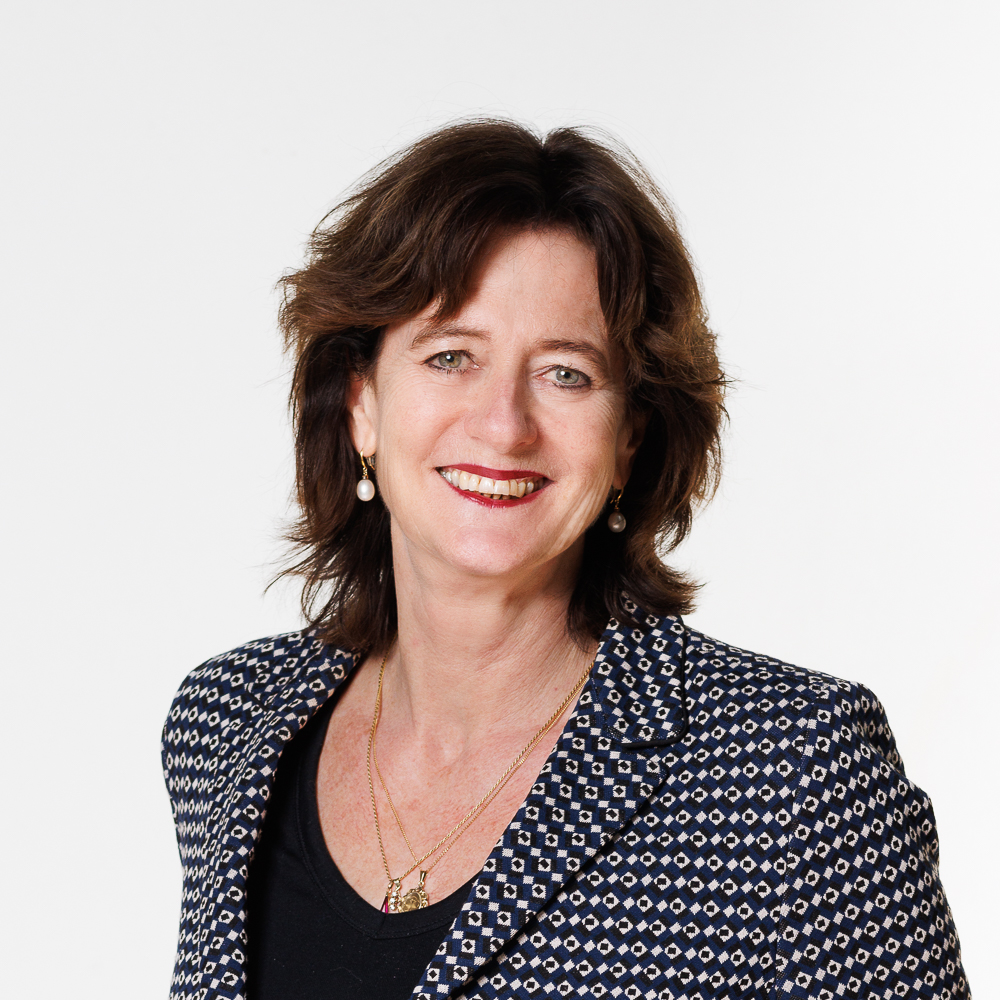The implications of our updated ECB policy for euro rates

We have changed our forecasts for ECB policy. Following the change in communication the ECB’s last meeting, we now have a modest rise in the depo rate from the end of this year. Indeed, we have pencilled in a 10bp deposit rate hike in December of this year and an additional one in March of next year. After that, we expect rate hikes to be aborted, or at least put on ice, with the deposit rate at -0.3% by the end of 2023.
Co-author: Jolien van den Ende
We also expect that the Governing Council will likely announce a tapering of the APP, with net purchases ending altogether in September. We expect APP to average EUR 30bn in Q2 and EUR 15bn in Q3. For more information please see Implications of the ECB’s pivot.
We expect that short term rates will fall again
The market is pricing in an aggressive rate hike cycle for the eurozone, with a first hike in June (see graph below), whereas we think that is unlikely given the time it will take the ECB to achieve a smooth wind down of the APP. We therefore judge that short term rates will move lower once the markets starts to price out multiple rate hikes in the short-end of the curve. Indeed, we expect that the 2y Bund yield will drift lower compared to current market levels, towards -0.40% during the course of this year.

Whereas we expect longer-term yields to gradually increase during the course of this year
We judge that longer term yields are already quite advanced in pricing in two rate hikes of 10bp as well as the possible ending of net asset purchases under APP. Indeed, since the last ECB Governing Council meeting when Lagarde signalled that monetary policy normalisation is on the way, the 10y Bund yield has increased by about 30bp. This is also reflected in the number of rate hikes priced in by the market in the belly of the curve, as shown in the graph below. For example, looking at short term rate expectations 3y ahead, the market is now pricing in almost 14 rate hikes in the eurozone, whereas this was about 10 rate hikes before the ECB meeting on the 3rd of February. Consequently, we judge that the market is well advanced with pricing in the possibility of monetary policy normalisation in the eurozone.

Nevertheless, we still judge that euro rates will move higher on the back of spillovers from the US. We continue to expect that the 10y US Treasury yield will increase by about 60bp and will settle at around 2.6% at the end of this year. The main driver for this would be that the market still needs to fully adjust to the likelihood of a higher Fed peak. Currently, the market is pricing in a terminal rate between 2.00% -2.25%, whereas we expect the Fed funds rate to settle at around 2.5% to 2.75% in the coming years, which is around the estimated neutral rate. In our view, it will be difficult to reduce inflation and slow down the US economy if the Fed funds rate is below the neutral rate (for more information: ). Once the market starts to price in a higher terminal rate, we expect the 10y US Treasury yield to move higher. This will also leave its mark on euro rates, given the correlation between these yields. As a result, we expect the 10y Bund yield to drift higher during the course of this year towards 0.50%.
However, the ride for Bund yields might be a rollercoaster one
In the near term, we expect that market volatility will continue for a while on the back of the Fed tightening monetary conditions and uncertainty about inflation in the eurozone. As a result, we expect demand for safe haven paper, such as Bunds to persist. This, in turn, will put downward pressure on Bund yields and, therefore, Bunds are in a Tug of war. On the one hand spill over effects from the US will put upward pressure on Bund yields and on the other hand safe haven demand will result in downward pressure. In the second half of this year, we expect the market to enter into calmer waters and the safe haven premium should dissipate. Overall, we expect a granular increase in the 10y Bund yield during the course of this year, but it might be a rollercoaster ride.
We expect the 2s10s of the Bund curve to steepen based on our updated forecast for ECB policy
As explained above, we expect short term rates to fall again on the back of pricing out multiple rate hikes in 2022 and 2023, whereas we expect longer-term yields to increase on the back of the Fed tightening monetary conditions. Consequently, we expect the Bund curve to steepen, which will be most pronounced in the 2s10s segment of the Bund curve. (Jolien van den Ende, Aline Schuiling, Nick Kounis)


